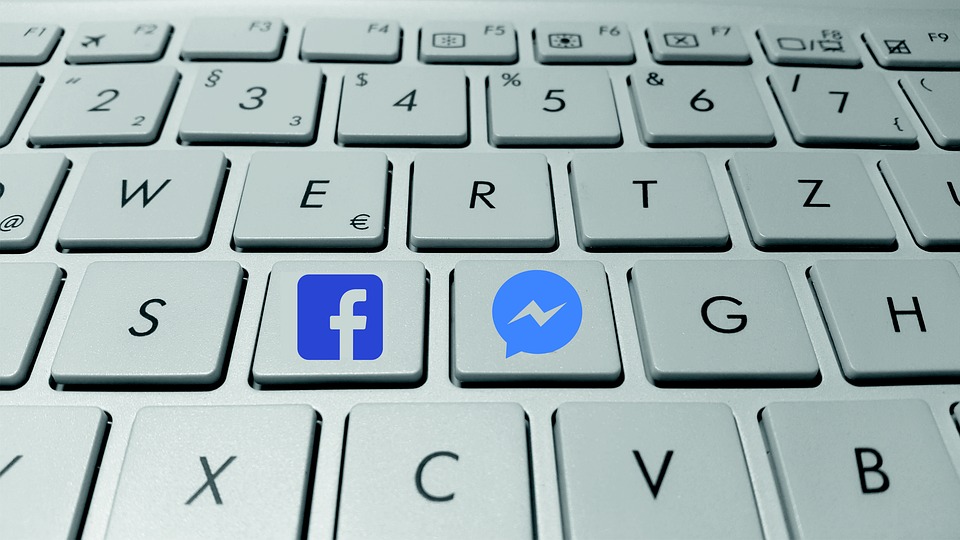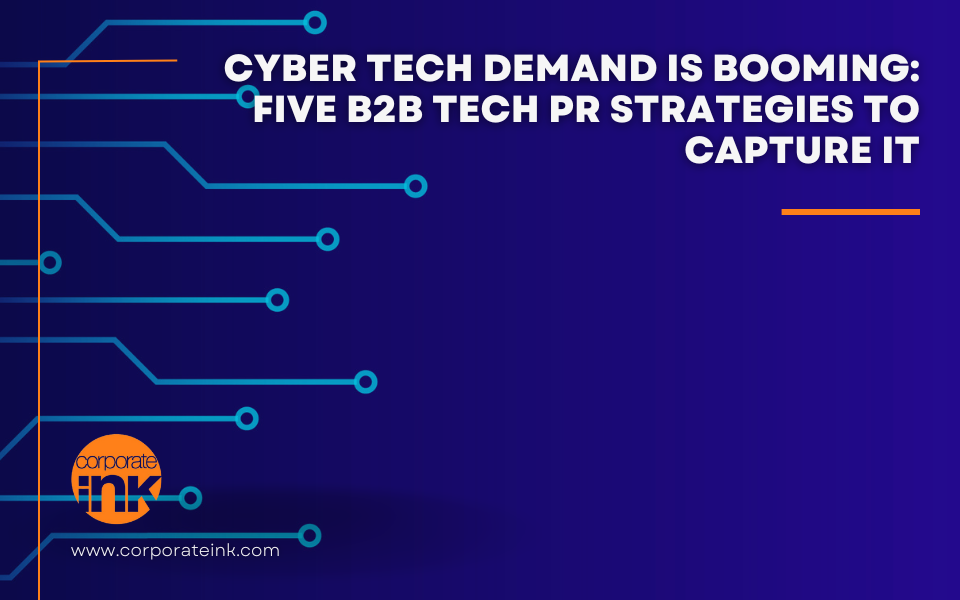
Beyond the coverage: How to use media to drive pipeline
April 10, 2017
Risky business: How to handle PR nightmares
May 8, 2017Though some members of other generations may give them a bad rap, millennials are challenging how companies have faithfully marketed their products for decades.
Millennials may be the most maligned generation among adults over 40 – and for an unfair reason. The group is often wrongly stigmatized as over-dramatic, easily offended, thin-skinned kids who expect their futures to be handed to them on a silver platter. Though some millennials do deserve this description, the millennial generation is one of constant change, technological advancement and transformation of communication across the globe.
While much has changed in societal communication in the past 20 years, there is one important point to keep in mind: With smart devices, knowledge and information is easily accessible anywhere, any time. And while that may sound overwhelming, it also provides those who know how to use the always-on information with a unique advantage.
As millennials have acclimated to this technologically advanced age, marketers have taken notice. Companies have long trusted their traditional marketing strategies, otherwise known as “push” marketing, where they promote a product or service through print advertisements and facilitating media coverage. “Pull” marketing, however, is relatively new and increasingly popular in the Web 2.0 world. It occurs when potential customers go out and actively search for information on a product or service, comparing and contrasting different providers to find the best deal or fit for themselves.
The pull marketing difference
Consumers no longer rely merely on advertisements and word-of-mouth; they have the tools necessary to do their own research to find the product or service best fit for them. Marketers must change their approach to not only be catchy and desirable, but also to convince the new generation of consumer they are the most valuable choice among all others out there. There is now a need for marketers to be acutely aware of how their consumers are compiling information when making a purchasing decision, and how to capitalize on this newfound obstacle – turning it instead to opportunity.
So what does this mean for brands? Companies can’t just focus on pushing out products to whoever will listen anymore. Traditional advertising is no longer as relevant as it once was. Online paid-for streaming services are popular not only for their ease and efficiency, but also because they’re ad-free. This generation is inundated with advertising, which has made it easier to simply ignore due to the sheer volume of it. Not only are they learning to tune it out, they’re even paying extra to not experience it.
One way marketers are attempting to circumnavigate this issue is sponsored content on social media. And while that may bring recognition or awareness to a brand or product, it’s still sponsored – and therefore, not considered trustworthy. This is where the “pull” aspect really comes into play. Someone might see or recognize a brand through advertisements, but the internet provides us with a resource to see if it’s really as great, affordable or valuable as the advertisement claims it to be. And most of the time, it’s not.
Marketers can advertise a product or service in innovative and unique ways and try to catch us through the channels we’re on (like social media), but the quality and service of a brand is still the most authentic and powerful way to hook potential consumers. Once marketers obtain awareness from their target market, they have to continue to impress them by assuring they are the best product out there for their consumer base. While challenging, this allows brands and marketers an incredible platform to adapt to in this new age.
Of course, with every technological advancement comes a new set of complications – and only time will tell what new technology will affect the next generation.
What do you think of new age marketing? Tweet us your opinion.
Post by Sarah Levensen, Corporate Ink intern.






